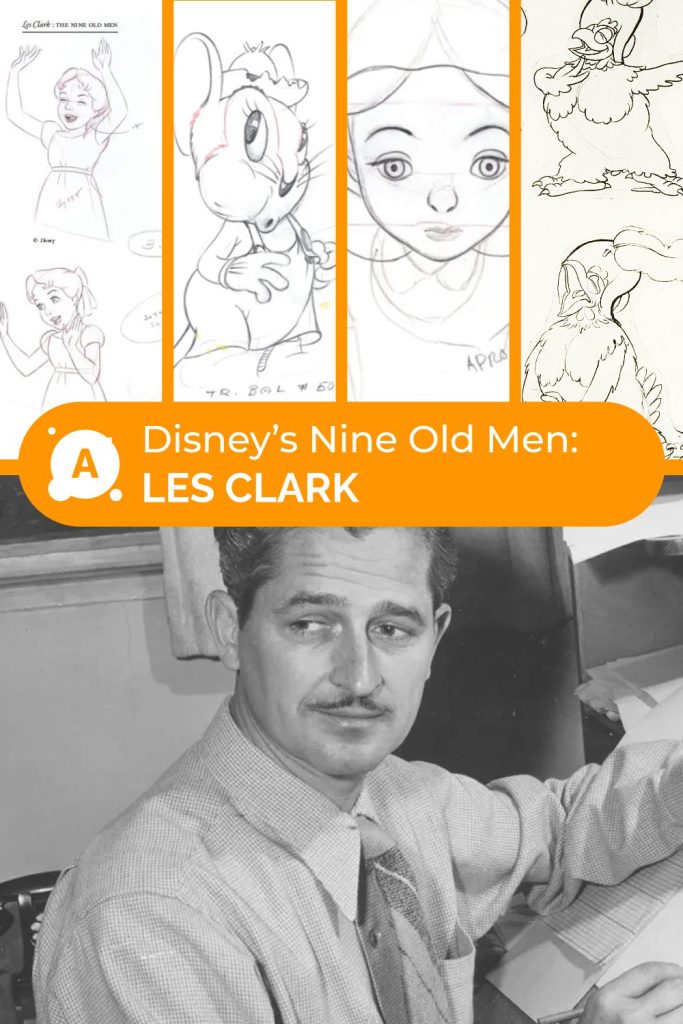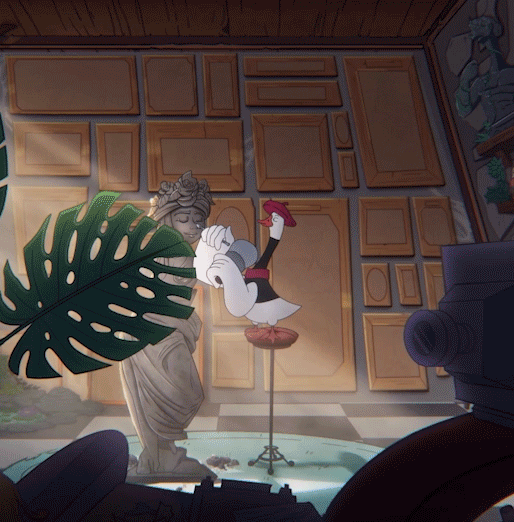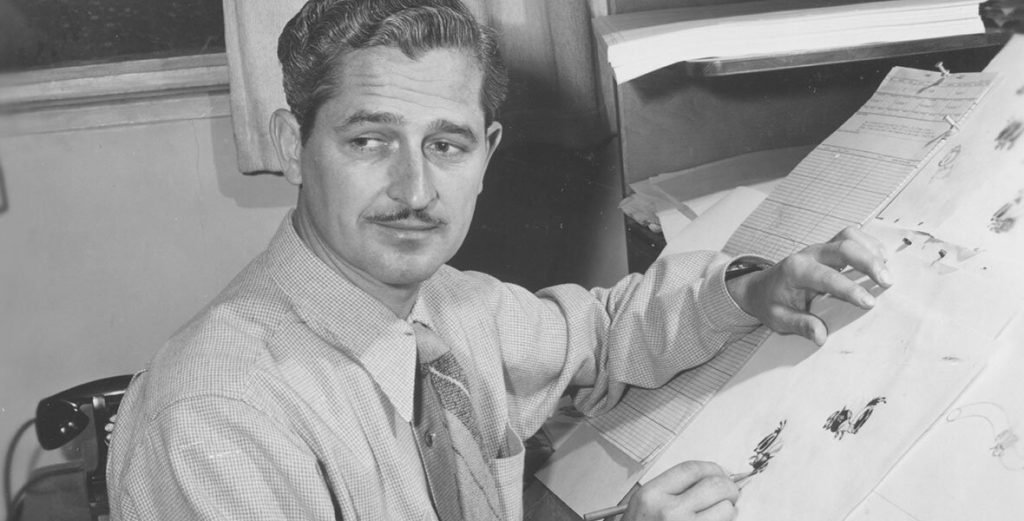
Learning animation starts with how to make drawings move, but grows into the why does (x) move like that. Les Clark began by learning how to make drawings move, but what set him apart was his curiosity about why they moved the way they did. His journey from in-between artist to master of character performance reflects the deeper growth every animator experiences: starting with technique, and evolving into understanding.
Les Clark was the first of Disney’s «Nine Old Men,» but his path didn’t start in the studio. It began in a café where he worked summer jobs. While working near the Disney office, Les painted signs on windows and once caught the attention of Walt Disney himself. That was the first step toward his legendary career.
From Diner to Disney: A Real «Believe in Yourself» Story
Before graduation, Les gathered courage and asked Walt for a job, showing him his drawings. Just days later, he started assisting at the studio, despite Walt’s letter expressing doubt that the job would be permanent. In the end, Clark worked at Disney for 48 years. His path shows how self-belief and persistence can change destinies.
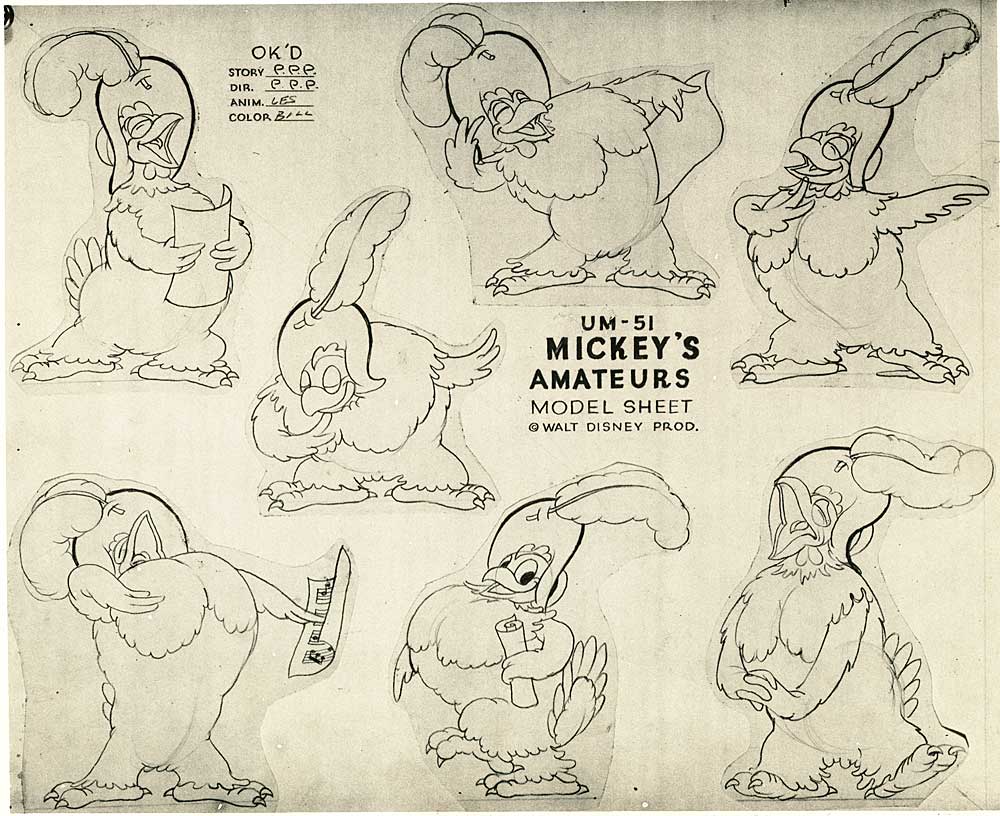
The First Animator to Bring Mickey Mouse to Life
A year after joining, Les worked on animating Steamboat Willie (1928), the first Mickey Mouse sound cartoon. His job was to make the character’s movements lively and expressive. He helped create Mickey’s recognizable personality, making him truly human. Later, he worked on The Skeleton Dance, where his talent for musicality and rhythm in movement shone through. These projects laid the foundation of Disney’s classic animation.

Master of Emotions and Subtle Expressions
Les really cared about the inner truth of characters. He focused on emotions through small details: glances, breathing, and pauses. His animation of Pinocchio, Cinderella, and the heartbreaking scene of Bambi’s mother’s death are among the most touching in Disney history. He proved that character movement should carry emotion and meaning.
A Student of Walt Disney Himself
Les Clark may have begun his career as an in-betweener, but what transformed his path was something few animators ever experienced. He worked directly under the mentorship of Walt Disney himself. Working closely under Walt’s guidance, Les absorbed not just technique but a deep understanding of how to bring emotion, clarity, and story into every drawing. Les dedicated himself to absorbing everything Walt had to show him. Recognizing Les for his rare versatility, such as being able to animate everything from playful musical rhythms to heartfelt dramatic scenes, Walt wanted to nurture that talent. This mentorship laid the foundation for Les’s legacy as one of Disney’s legendary Nine Old Men. His journey is a powerful reminder: when a mentor believes in you, it can change the course of your entire creative life. That same spirit of mentorship lives on in animation schools today, where experienced artists pass down not just skills, but vision and purpose to the next generation.
Join our one-month intensive 2D animation mentorship workshop, offering personalized group mentorship tailored to your animation projects or demo reels, ensuring you gain industry-standard skills.
What His Colleagues Said
Frank Thomas, one of Disney’s revered Nine Old Men, once called Les Clark “the most versatile” animator among them, a rare compliment in a studio filled with legends. Les didn’t just master one style or specialty; he embraced every challenge as a new opportunity to grow. From whimsical musical numbers to emotionally complex scenes, he brought depth and humanity to everything he touched. What made him extraordinary wasn’t just talent. It was his willingness to keep learning, adapting, and staying curious throughout his career. In a fast-evolving art form like animation, that mindset is essential. Les Clark’s example reminds us that adaptability doesn’t come from knowing everything. It comes from always being open to learn. It’s this spirit we cultivate in our students today: learning not just the how, but growing into the why behind every movement and every moment on screen.
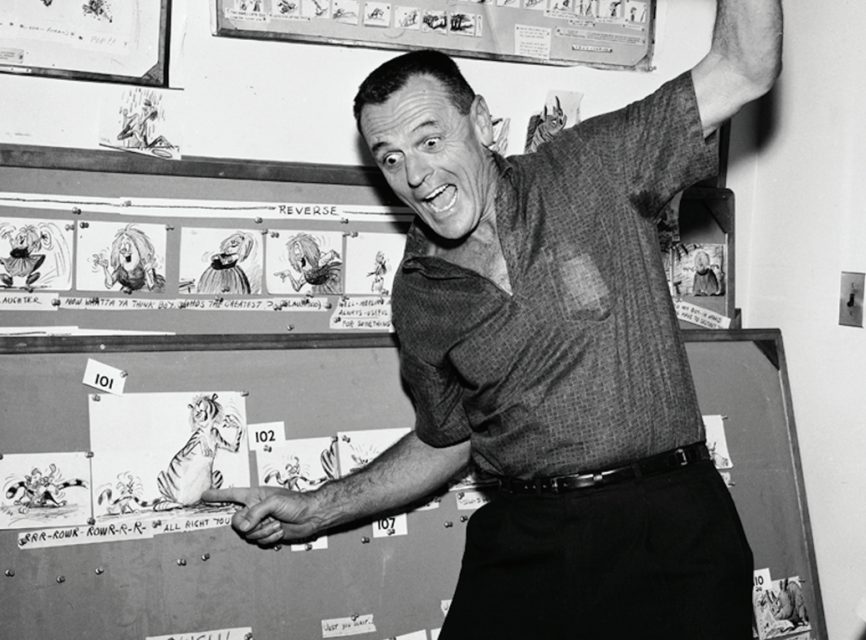
Why Les Clark Matters Today
He was the bridge between experimental animation and Disney’s classic era. He moved from a beginner to a mentor and director. His approaches to movement and facial expression form the basis of modern animation courses. For more details, we recommend reading The Nine Old Men, a book that covers his life and other Disney legends in depth. His lessons continue to inspire and teach.
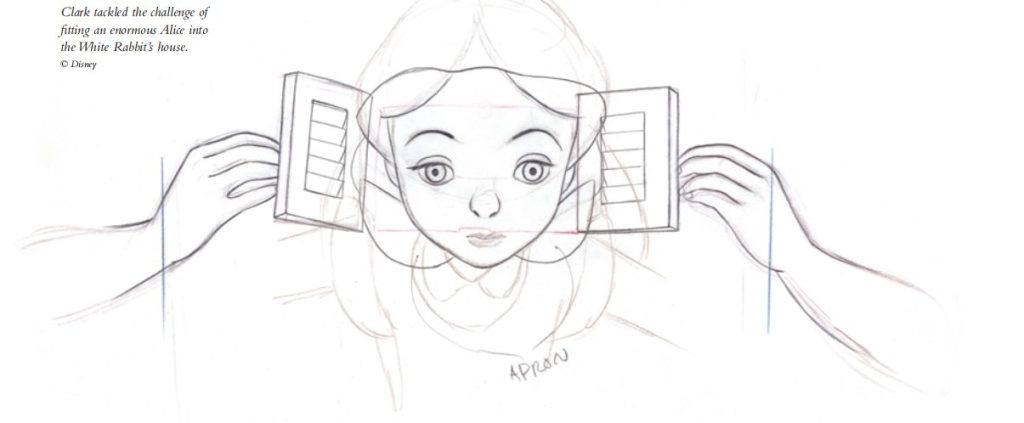
Practical Advice from Les Clark: How to Bring Animation to Life
Les Clark believed that great animation wasn’t just about significant movements, it was about the small, thoughtful choices that reveal a character’s inner world. He often focused on glances, pauses, and breathing. These quiet beats give life and authenticity to an animation performance.
1. Break Down the Emotion Before You Animate
- Ask yourself: What is the character feeling in this moment?
- Planning emotional intent before you draw is key—even a neutral expression has motivation.
2. Use Micro-Movements
- Practice animating eye darts, tiny head turns, or a held breath.
- Even a 2–3 frame blink can communicate thought or hesitation.
- This is where Les found truth, not in movement, but in meaningful stillness.
3. Pause with Purpose
- Let your character linger on a pose to allow the emotion to register.
- Play with timing variation; don’t make every action the same speed. A more extended hold often adds emotional weight.
4. Add Breathing or Settling Motions
- Animate a slow inhale or exhale, even in a resting pose.
- Use slight up-and-down arcs in the chest or body to simulate life.
5. Observe, Sketch, Repeat
- Study live action or animated performances. Sketch from them, focusing on rhythm, gesture, and emotional timing,
These simple but powerful techniques will transform how your animations feel. Start honing your skills with the Free workshop. Introduction to 2D animation by Animation Club School. For a deeper dive into classic animation, check out the Basics in Traditional 2D Animation course.
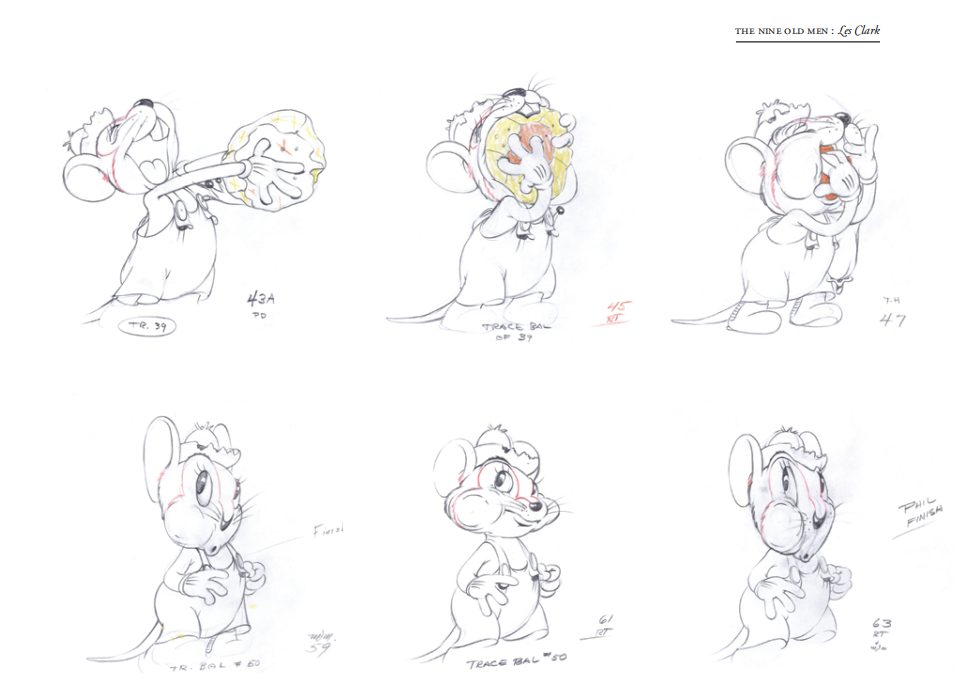
A Lasting Legacy
Les Clark passed away in 1979, but his influence on animation lives on. His techniques make characters feel alive and emotional. Every time you see a cartoon character «speaking with their eyes,» remember that it’s a lesson from Les. For more inspiration, read our blog article «Advice and Inspiration from 5 Famous Animators» filled with valuable insights from recognized masters. Let his example motivate you to keep moving forward.
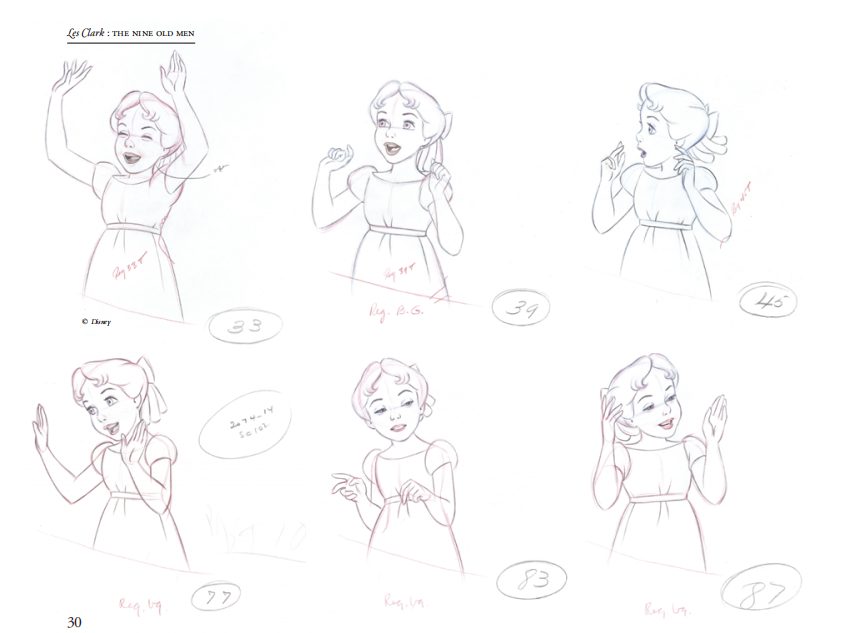
If you want to create animation that truly touches hearts, start animating today. Don’t wait for the perfect moment, learn, try, make mistakes, and believe in yourself. Les Clark’s journey proves that success comes to those who dare to move forward. Give your creativity a chance to come alive, and the world will see your unique story. Believe in yourself, and you can achieve anything!
